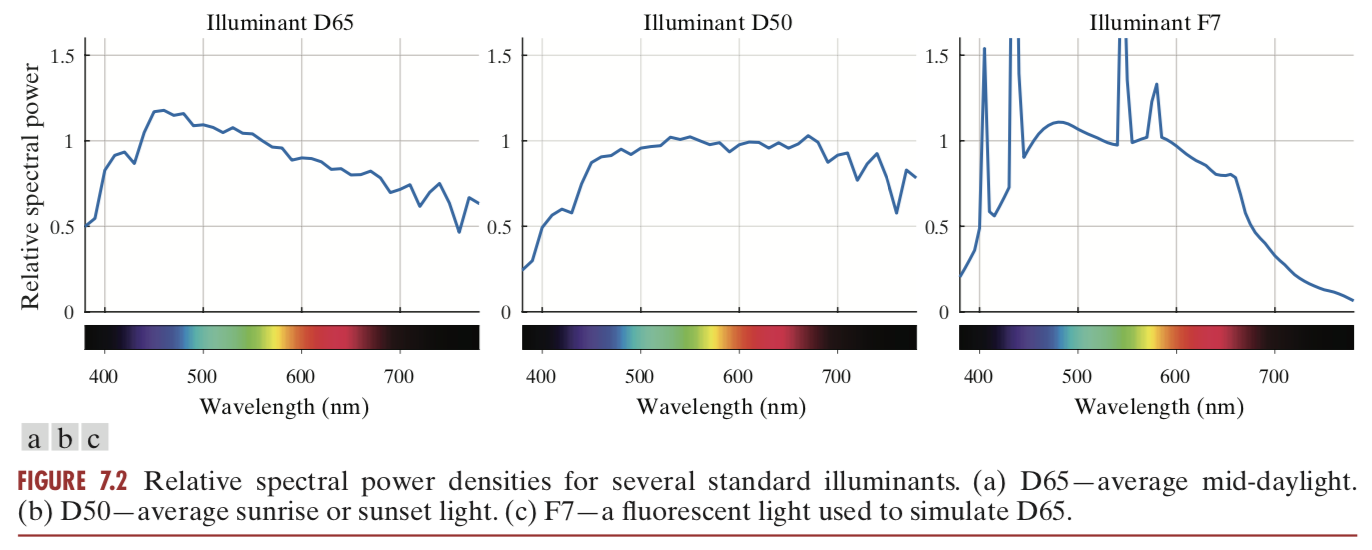Digital Image Processing Using MATLAB, 3rd edition
The 3rd edition of Digital Image Processing Using MATLAB (DIPUM3E) has just been published, at long last. The new edition includes extensive new coverage of image transforms, spectral color models, geometric transformations, clustering, superpixels, graph cuts, active contours, maximally-stable extremal regions, SURF and similar feature detection, and deep learning networks. MATLAB code from the book is available on GitHub.
This blog had a significant impact on the second edition, which was published way back in 2009. The original edition had a short section on geometric transformations, and I wanted to expand it for the second edition. In preparation for that, I write almost 20 blog posts back in 2006 on the topic. These posts influenced what became the new "Geometric Transformations and Image Registration" chapter in the second edition.
Since the second edition was published, this whole area of the Image Processing Toolbox has been substantially extended and revised. As a result, I had the opportunity to rewrite this chapter again, almost from scratch. In the near future, I plan to revisit some of these old posts, bringing them up to date and incorporating examples from DIPUM3E.
I also did a lot of work on the beginning of the "Color Image Processing" chapter in the 3rd edition, adding new explanations of illumination and object reflectance spectra, the CIE color matching model, and spectral color calculations. To support these explanations, I wrote a number of color utility functions, include colorMatchingFunctions, lambda2xyz, rspd2xyz, chromaticityDiagram, xyz2xyy, xyy2xyz, spectrumBar, and colorSwatches. In addition to being included in the GitHub DIPUM3E distribution, these color-related functions can also be found in MATLAB Color Tools on the File Exchange and also on GitHub.
I'm looking forward to sharing a bunch of DIPUM3E examples and concepts and tutorial information with you on this blog in the next few months.

DIPUM3E Figure 7.2, reproduced with permission.
- Category:
- DIPUM
 Cleve’s Corner: Cleve Moler on Mathematics and Computing
Cleve’s Corner: Cleve Moler on Mathematics and Computing The MATLAB Blog
The MATLAB Blog Guy on Simulink
Guy on Simulink MATLAB Community
MATLAB Community Artificial Intelligence
Artificial Intelligence Developer Zone
Developer Zone Stuart’s MATLAB Videos
Stuart’s MATLAB Videos Behind the Headlines
Behind the Headlines File Exchange Pick of the Week
File Exchange Pick of the Week Hans on IoT
Hans on IoT Student Lounge
Student Lounge MATLAB ユーザーコミュニティー
MATLAB ユーザーコミュニティー Startups, Accelerators, & Entrepreneurs
Startups, Accelerators, & Entrepreneurs Autonomous Systems
Autonomous Systems Quantitative Finance
Quantitative Finance MATLAB Graphics and App Building
MATLAB Graphics and App Building








Comments
To leave a comment, please click here to sign in to your MathWorks Account or create a new one.